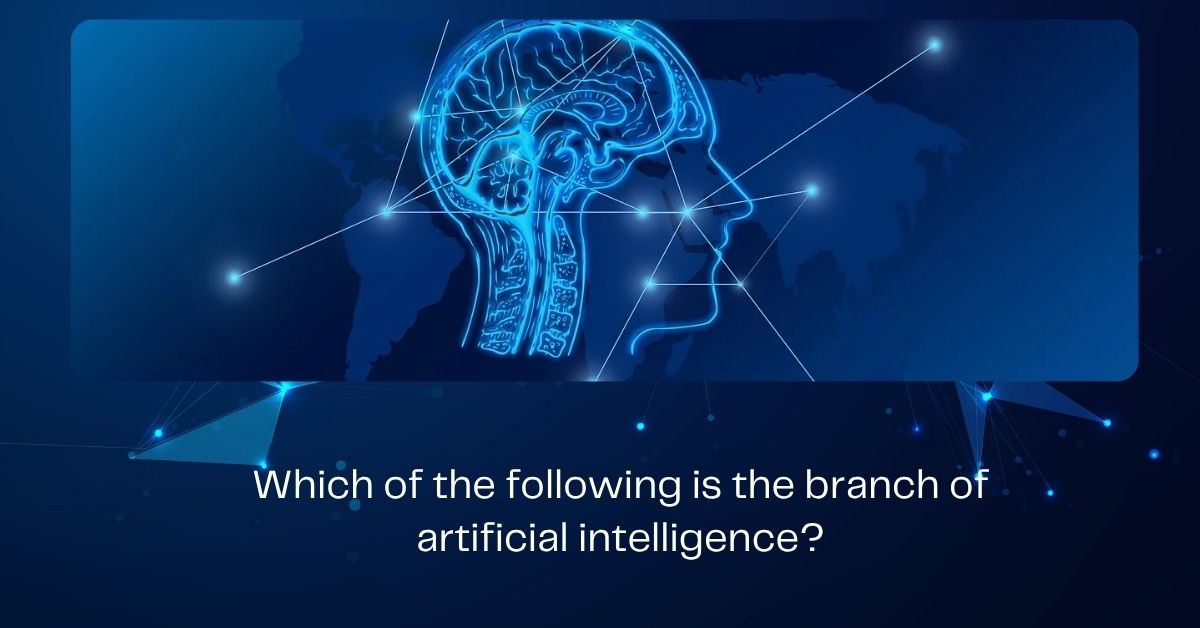- Data Entry
- Machine Learning
- Network Cabling
- Hardware Assembling
Ans: B) Machine Learning
Below we have provided a detailed explanation for the correct answer.
Machine Learning (ML) is known to be one of the most evolving, crucial and transformative branches of artificial intelligence. Through well-designed algorithms, it enables machines such as computers to learn automatically. Machines usually take data as input and improve their performance based on that data. In such cases, machines need not to be programmed explicitly, rather they learn through experience.
How Machine Learning Works?
A common question that might arise in your mind after reading the above paragraph is, how does Machine Learning actually work? There’s a lot of data and mathematics involved in its working. Here, we have explained in a step by step manner, working of machine learning.
- Large datasets are fed into the algorithm.
- The algorithm analyzes these datasets and then recognizes patterns hidden in it.
- Based on this analysis and identification of the hidden patterns, the algorithm forms a model.
- This model is further utilized for predictions and decisions on different datasets.
This is just an overview of how the flow actually goes in machine learning. There are a lot of technicalities involved but they are out of scope of this article.
Traditional Computing Vs Machine Learning
With advancements in the world of artificial intelligence, and bigger organizations stepping-up towards its adoption, it becomes crucial to understand why traditional computing is getting replaced with advanced branches of AI such as machine learning.
- Traditional Computing: Humans write instructions explicitly and machines follow those instructions. The computer executes tasks based on these instructions and is not capable of making any decision on its own or providing any predictions.
- Machine Learning: The algorithm follows a certain design where a machine or computer starts to recognize patterns in the input dataset and learn from those patterns. Later, these learnings are utilized by machines to make decisions or predictions. In a way, this is making machines smarter than traditional computing methods, where machines just acted as input processing and output providing boxes.
Applications Of Machine Learning
ML has already found its way into the market and is currently ruling the tech-industry. It might be helping you through some applications without you even realising it. Here we will break down some of them:
- Recommendation systems: Most of the social media and video streaming platforms utilize this for understanding users’ preferences and recommend them content based on those preferences.
- Virtual assistants: They are programmed to take the commands of the user as a dataset for learning patterns. Over time, these assistants understand users’ behavior and act accordingly enhancing convenience.
- Navigation apps: The maps on your smartphone that help you in navigating through compact city streets also learn a lot through your inputs. They mainly utilize these learnings in predicting traffic levels on different routes.
- Stock market prediction: This takes past stock market data as input along with the factors that affect the rise and fall of stock market and present predictions based on these input datasets.
- Medical diagnosis: ML models are being utilized in the medical field for disease detection and diagnosis. These models can analyze medical images to detect diseases such as cancer.
